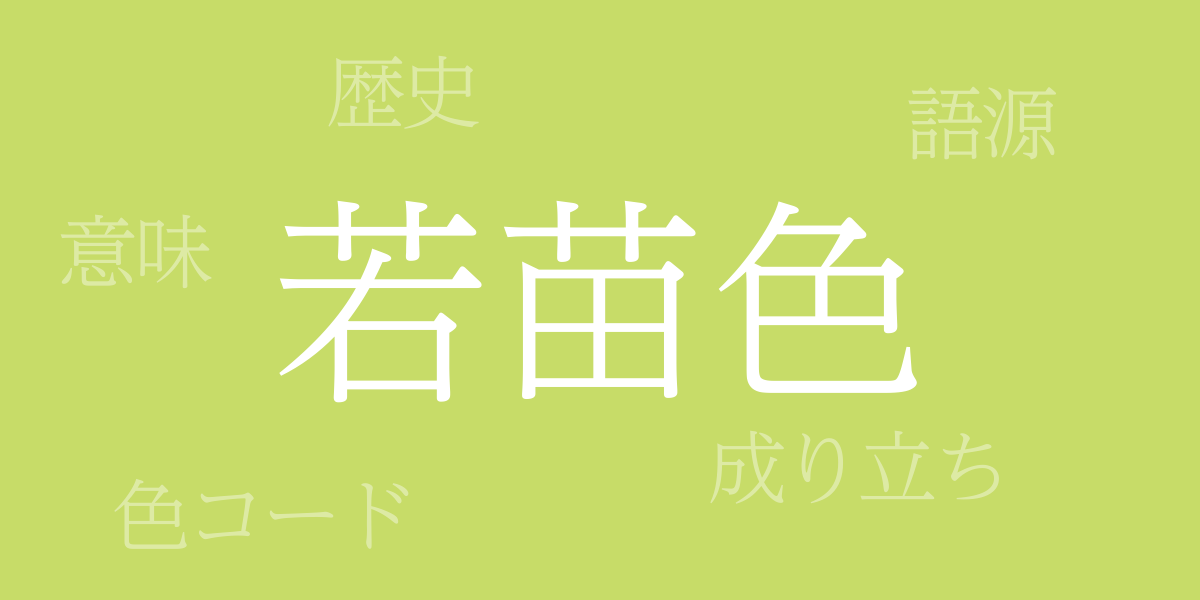Colors are like mirrors reflecting culture. Japanese traditional colors, known for their delicate beauty and deep history, have enchanted people worldwide. Among these, ‘Wakanae-iro (若苗色(わかなえいろ))’, a unique green that evokes the breath of nature, symbolizes one of Japan’s seasonal palettes. This article explores the allure of Wakanae-iro, its historical background, color codes, and its Western names.
About Wakanae-iro (若苗色(わかなえいろ))
Wakanae-iro (若苗色(わかなえいろ)) represents the vibrant green of new sprouts and young leaves, brimming with life. This color symbolizes nature’s growth and rejuvenation, bringing joy to the eyes with the arrival of spring. Among traditional Japanese colors, Wakanae-iro is particularly bright and youthful, imparting a sense of hope and freshness.
History of Wakanae-iro
Wakanae-iro has been used in Japanese garments and crafts since the Heian period. Originally derived from natural plant dyes, this color was used to dye fabrics. Over time, Wakanae-iro has been incorporated into various cultural items such as traditional kimonos and pottery.
Color Codes for Wakanae-iro
The following are the color codes needed for using Wakanae-iro in digital designs and web applications:
- HEX: #C7DC68
- RGB: R:199 G:220 B:104
- CMYK: C:30 M:5 Y:71 K:0
Western Names for Wakanae-iro
The Western names for Wakanae-iro include ‘Young Leaf Green’ and ‘Fresh Leaf Green’. These names capture the fresh and youthful image of the color from a Western perspective.
Summary on Wakanae-iro
True to its name, Wakanae-iro evokes the image of new sprouts, making it a color that symbolizes vitality and vigor within Japanese traditional colors. Cherished throughout history and still valued in contemporary design and art, understanding the deep meaning and beauty of this color allows us to appreciate the richness of Japanese culture more profoundly.

























